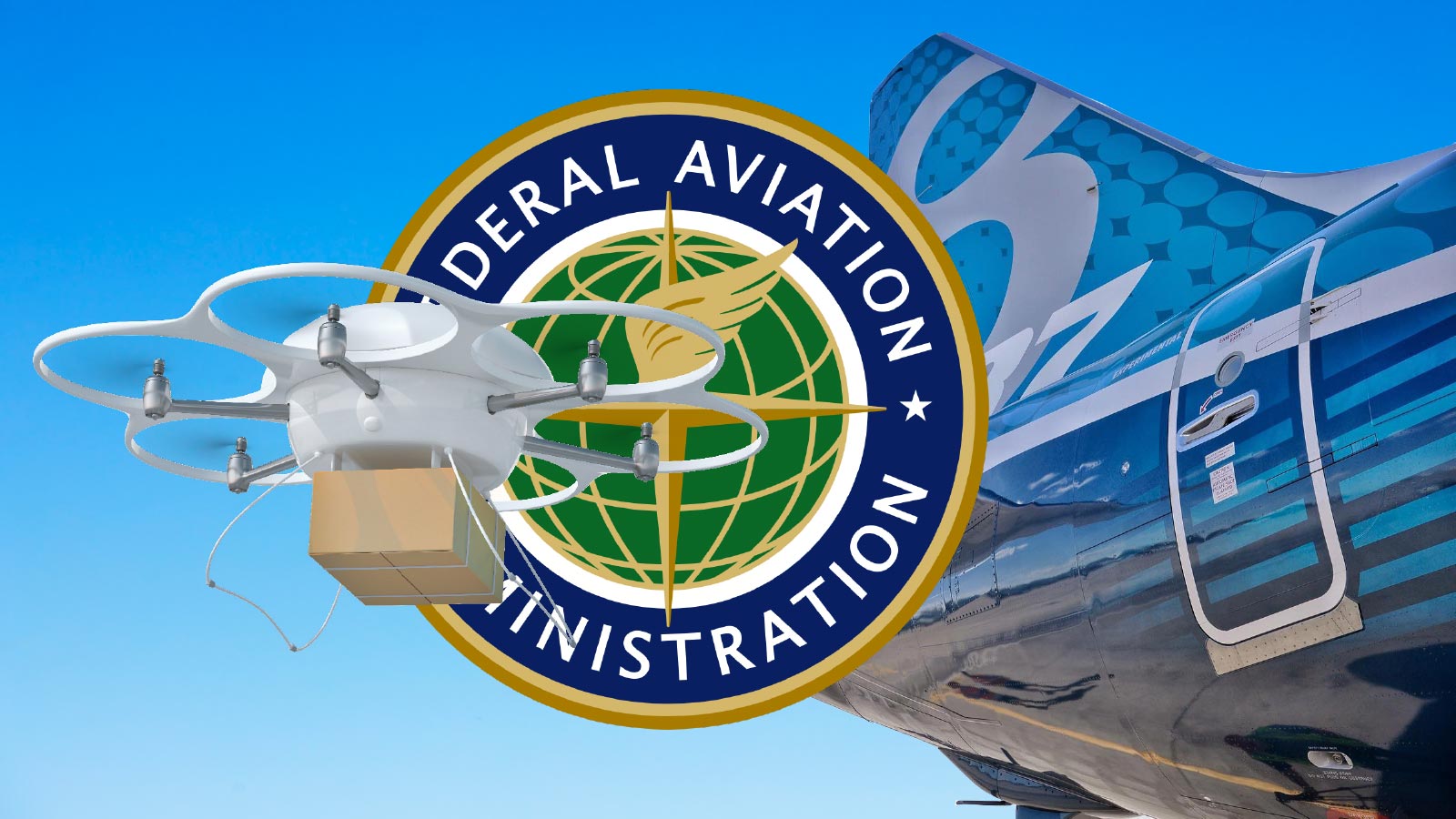Stay Up to Date
Submit your email address to receive the latest industry and Aerospace America news.
One FAA is the one we see in our cover story about the emergence of drone delivery services. This FAA is strategic, meticulous and cautious, almost to a fault. The other FAA is the one that certified the Boeing 737 MAX aircraft. That FAA exhibited an odd lack of curiosity about a bold software innovation and its implications.
Let’s look first at the drone delivery market. FAA invites companies to prove reliability by delivering items to customers under pilot projects and initial services. While that’s happening, the FAA and NASA are figuring out how to affordably manage what could someday be thousands of delivery drones and other unmanned aircraft in the skies simultaneously. The private sector will play a large role in managing flights, but under detailed rules set by FAA.
The slow pace and complexity of this rollout has been maddening, for sure, but there is an upside to this caution. Once drone delivery is normalized, we in the United States can be confident that drones or their payloads won’t fall on our heads, crash into us when we’re flying or become weapons for terrorists. Risks can never be eliminated entirely, but those that remain will be acceptable. Entrepreneurs might even look back on this era as one of tough love: Serious injuries or deaths could justifiably ruin a company or set drone delivery back by years. The FAA is helping the industry avoid those scenarios.
We’re witnessing a healthy tension between regulators and the regulated.
Now, imagine if the MAX certification process had been as vigorous, thorough and tense as the FAA’s work to shepherd the drone-delivery market into existence. Almost certainly, the plane’s automated anti-stall software would not have been considered a good candidate for the FAA’s Organization Designation Authorization process, in which Boeing officials were permitted to assess the technology’s readiness to fly. With a different culture in place, someone at the FAA surely would have discovered the human factors and systems engineering issues raised by the Maneuvering Characteristics Augmentation System and dug into them. Relying on software to compensate for the MAX’s tendency to stall was an untried strategy for a commercial aircraft carrying hundreds of souls.
Instead, even when tragedy struck a second time, bringing the MAX’s death toll to 346, the FAA lagged much of the world in grounding the planes.
Effective innovation depends on vigorous tension between regulators and the regulated. The FAA in our cover story is the one we need for the post-MAX era. Η
About Ben Iannotta
As editor-in-chief from 2013 to March 2025, Ben kept the magazine and its news coverage on the cutting edge of journalism. He began working for the magazine in the 1990s as a freelance contributor. He was editor of C4ISR Journal and has written for Air & Space Smithsonian, New Scientist, Popular Mechanics, Reuters and Space News.
Related Posts
Stay Up to Date
Submit your email address to receive the latest industry and Aerospace America news.




